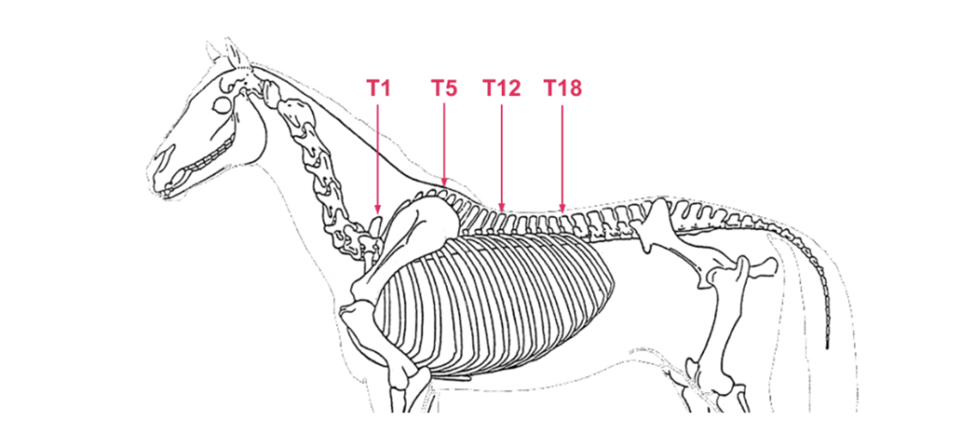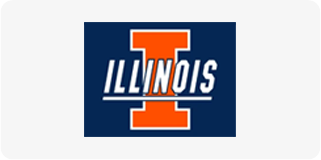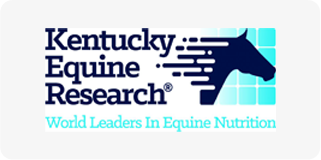Equine Insights: Understanding Kissing Spines in Horses & Signs | Part 1 of the Kissing Spines Series
Posted by Dr. Hilary Clayton on Sep 16th 2024
Kissing Spines in Horses
Last time I described the structure and mechanics of the horse’s back. In this blog, we’ll explore the most common vertebrae disease in the trunk region: kissing spines. Let’s dive into how to better understand Kissing spines in horses and the signs. Despite its friendly-sounding name, this can be a harrowing disease for the horse.
The Equine Vertebra Anatomy
A vertebra consists of a cylinder of bone called the body. The body contains an arch that extends upwards to enclose and protect the spinal cord’s nerves, as these nerves connect the brain to all parts of the body. Several bony processes protrude from the body and arches of the vertebra that provide areas for the attachment of muscles, tendons, and ligaments. The dorsal spinous process often called the spine, points upward from the middle of the arch.

Figure 1: Front view of a typical vertebra. Note the body, a cylinder of bone that forms the base of the vertebra and the arch above it surrounding the spinal canal. The dorsal spinous process (DSP) rises from the middle of the arch.
How the Horse's Spine Connects!
The tips of the spine form the shape of the horse’s back. The shape of the withers is made of very long spines of the vertebrae from T3 to T12. The spine on T4 or T5 is the longest and marks the high point of the withers where the horse’s height is measured.
The spines then get progressively shorter, forming the downward slope behind the withers. The withers merge into the weight-bearing area of the horse’s back.

Figure 3: Diagram showing where the bodies and spines of specific vertebrae are relative to the horse’s topline.The labels show The first (T1), fifth (T5), twelfth (T12), and eighteenth (T18) thoracic spines.T5 forms the high point of the withers, T12 marks the back of the withers, and T18 is the last thoracic vertebra.
View the Equine Spine from Different Angles

Figure 3: T1, T5, T12, and T18 are seen from the front to show the different lengths of the spines.
Impinging Spinous Processes or Kissing Spines is the lack of space between vertebrae causing friction. When looked at from the side, the spines in the withers region are not only long but are also slender with wide spaces between them. Behind the withers, the spines become shorter and broader with relatively narrow spaces between them. The limited spaces facilitate contact between adjacent vertebrae leading to the development of kissing spines due to the increased contact. The kissing spine occurs when the area is too thin (less than 4 mm).
When a horse has kissing spines, it may take several signs to diagnose the cause. The symptoms will be similar to those associated with other causes of back pain. Poor performance is standard, with the horse not performing as well as expected. Horses with kissing spine often associating being tacked up with the saddle with the feeling of pain. This may result in resentment toward the saddle on their back. Signs to look for in a horse are pulling ugly faces, turning around, threatening to bite the person with the saddle, and resenting having the girth tightened. They are often reluctant to stand quietly at the mounting block, dip their back as the rider lands in the saddle, and walk away immediately after the rider sits in the saddle rather than waiting for a cue to move off.
During riding, many horses with kissing spines are reluctant to go forward and display various resistant behaviors, including balking, rearing, and spinning. Bucking is a frequent sign. These behaviors are not specific to kissing spine signs, but they should warrant a discussion with your veterinarian.
This is part one of our three-part series on “How to better understand Equine Kissing Spines and the Signs”. Stay tuned for part two!





